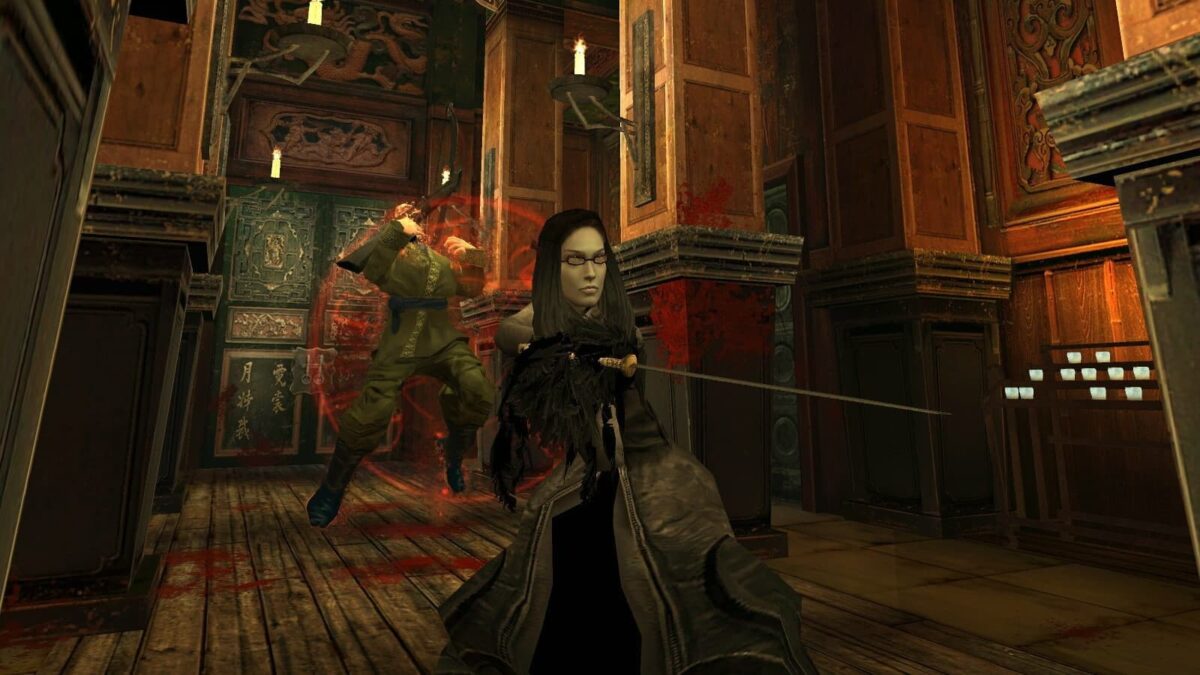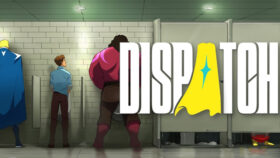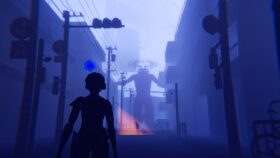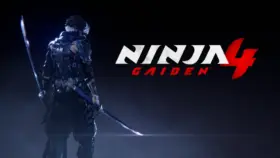Blood never tasted this good.
With Bloodlines 2 on the horizon, now is the perfect time to revisit its cult classic predecessor. No matter if you’re a longtime fan or a newcomer curious about why people still talk about a two-decade-old vampire RPG, trust me – it’s worth your time. Just, please, fledgling – don’t expect a smooth ride. Expect something messy, something dark, something unforgettable.
There are games you play, games you enjoy, and games that stay with you forever. Vampire The Masquerade Bloodlines is one of the latter. Released in 2004, built on a creaky version of Valve’s Source engine, and famously rushed to market before it was truly finished, this dark RPG from Troika Games shouldn’t have survived. And yet, here we are – 21 years later, still talking about it, still recommending it, still quietly evangelizing it to anyone willing to sink their teeth into something special.
It’s not perfect. Far from it. The launch version was broken in ways only Troika could deliver – crashes, glitched animations, quests that refused to complete, and AI that occasionally stood still like mannequins in a mall display. But beneath the cracks was something unique, a game with atmosphere so thick you could almost smell the LA smog, taste the blood on your lips, and hear the whispers of clans plotting in back alleys.
Bloodlines wasn’t just a video game. It was the World of Darkness made tangible. So tangible in fact, that we bet our bottom dollar on the fact that 90% of the gamers reading this will inevitably end up opening Steam and re-installing this classic vampire RPG. Let us tell you why exactly that is.
Entering the Masquerade

The premise is deceptively simple. You begin as a newly embraced vampire in modern-day Los Angeles, thrust into a deadly political landscape you barely understand. The Camarilla demands obedience, the Anarchs whisper about freedom, and the Sabbat wants to tear it all down. It’s a perfect setup; you are weak, unprepared, and already a pawn in a much bigger game.
What sets Bloodlines apart is how personal it feels. From the very first scene in your dingy Santa Monica apartment, you’re not just playing a vampire – you’re being one. The game nails the little details. Waking up at night, dealing with hunger pangs, the thrill of feeding in a dark alley, the creeping dread of being discovered.
It balances the supernatural with the mundane so perfectly that walking into a nightclub feels just as significant as battling monsters in the sewers.
This immersion is strengthened by the clan system. Picking your clan isn’t just a stat choice, it defines how the world sees you. Play as a Malkavian, and suddenly your dialogue is a stream of cryptic riddles. Go Nosferatu, and you’ll be banished to the sewers, forever lurking in the shadows to avoid breaching the Masquerade.
Toreador will find beauty everywhere, Brujah will burn with anarchist fire, and Ventrue might gag on the wrong type of blood. These aren’t just flavor texts, they’re meaningful role-playing paths that change your entire playthrough.
Storytelling with Bite
Bloodlines doesn’t tell a straightforward story. Instead, it hands you a city and lets you explore its cracks and corners. You’ll rub shoulders with nightclub owners, shady information brokers, deranged cult leaders, and even ghostly horrors in abandoned hotels. Each encounter feels alive, dripping with personality and menace.
The dialogue system is where the game truly shines. Conversations are loaded with wit, menace, and humor. The voice acting is top-tier for its time; characters like LaCroix, the Camarilla prince, ooze with arrogance, while Beckett, the scholarly Gangrel, feels like an anchor of wisdom in a chaotic world. Few RPGs have ever managed to capture such a strong sense of character identity.
Then there are the quests. Sure, you’ve got your mainline narrative of political intrigue, but Bloodlines is best remembered for its side stories.
The haunted Ocean House Hotel remains one of the most chilling horror sequences ever put into a game, a masterclass in atmosphere that outdoes many dedicated horror titles. Meanwhile, sneaking into corporate towers, sabotaging rival clans, or simply navigating the nightlife of LA reminds you that the World of Darkness is as much about human corruption as it is about supernatural politics.
Combat: The Ugly Fang in the Room
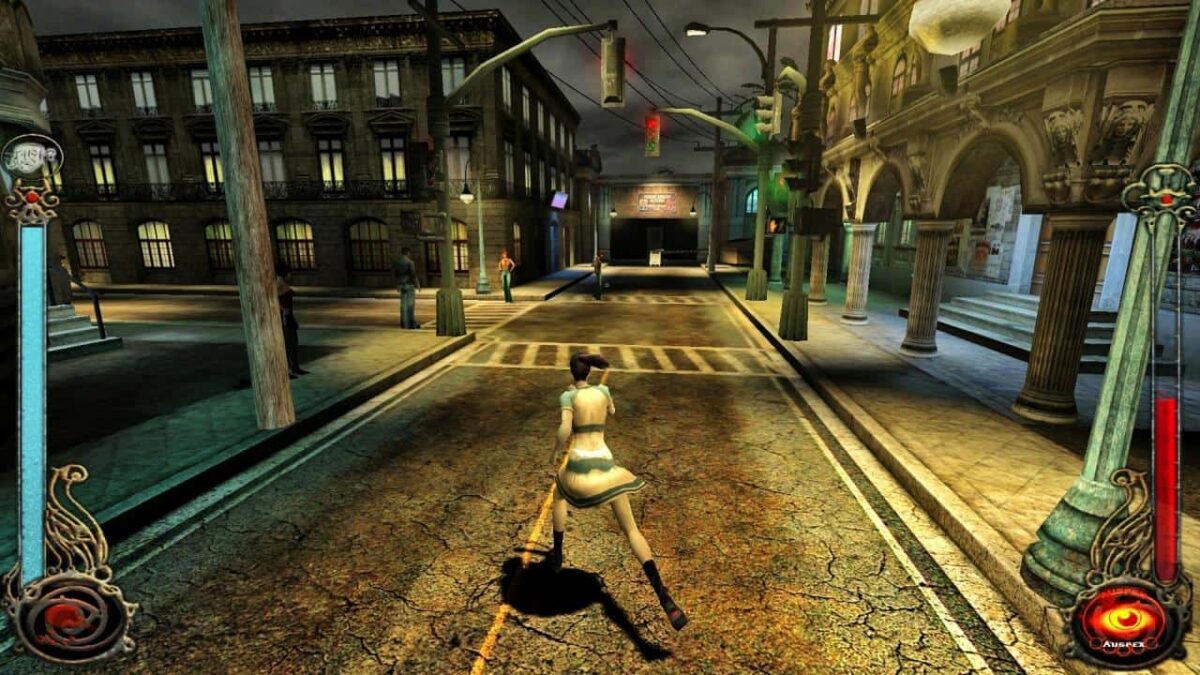
The combat in Bloodlines has never been its strongest feature. Whether you’re swinging a bat, firing a pistol, or letting off supernatural powers, it’s clunky, unbalanced, and sometimes downright frustrating. The Source engine didn’t do Troika any favors here, and the action sequences often feel at odds with the carefully constructed role-playing atmosphere.
Bloodlines isn’t about being a slick shooter or a polished brawler, however. It’s about choice, atmosphere, and immersion. Even in combat’s worst moments, the weight of your decisions – the clan you chose, the powers you wield, the allies you’ve made – matters more than how well the mechanics work.
A Game Saved by Fans
If Bloodlines had remained in its launch state, it might have been a forgotten curiosity. Instead, it became something else; a cult classic nurtured by one of the most passionate fanbases in gaming. Over the years, dedicated modders and fans have built unofficial patches that fix bugs, restore cut content, and polish the game into something truly playable.
Thanks to them, Bloodlines is not only preserved – it thrives. New players can experience it in a state far better than the 2004 original, proof that sometimes the community cares more for a game than the companies that make it.
Night of Intrigue: The World of Darkness
What really sets Bloodlines apart is its setting. The World of Darkness isn’t about superheroes or power fantasies. It’s about monsters struggling to maintain humanity while navigating a world filled with corruption, lust, greed, and betrayal. The game captures this perfectly.
Whether you’re standing in a neon-lit nightclub, dealing with the iron fist of the Camarilla, or skulking through sewers as a disfigured Nosferatu, every moment feels drenched in atmosphere. The lore is deep, the factions compelling, and the politics messy. You don’t just play in the World of Darkness – you inhabit it.
Looking Ahead: Bloodlines 2
Now, in 2025, we stand on the cusp of Vampire: The Masquerade – Bloodlines 2. After years of delays, studio shakeups, and uncertainty, the sequel is finally set to arrive this year. The trailers show a modernized take on the same formula. Open-world exploration, clan dynamics, political intrigue, and that same moody atmosphere that made the original unforgettable.
But here’s the real question. Can Bloodlines 2 capture the magic of the first? In some ways, it shouldn’t try. Bloodlines was messy, buggy, and unpolished, but it was also fearless. It dared to give us an RPG unlike anything else. If Bloodlines 2 wants to succeed, it needs to remember that risk-taking spirit.
Comparisons are inevitable. Bloodlines 2 will be smoother, prettier, and (hopefully) more stable, but the heart of the series lies in choices, atmosphere, and the lived experience of being a vampire in the World of Darkness. If it captures even half of the soul the first game had, fans like me will be more than satisfied.
Final Thoughts
Vampire: The Masquerade – Bloodlines is a flawed masterpiece. It’s clunky, it’s broken, but it’s also unforgettable. No other game has managed to blend role-playing, atmosphere, and immersion into the World of Darkness quite like this one.
It remains one of my favorite RPGs of all time, not because it’s perfect, but because it’s passionate. You can feel the ambition of Troika Games in every corner, every line of dialogue, every haunting note of the soundtrack. It’s the kind of game that gets under your skin and never leaves.
Because that’s the Masquerade.
